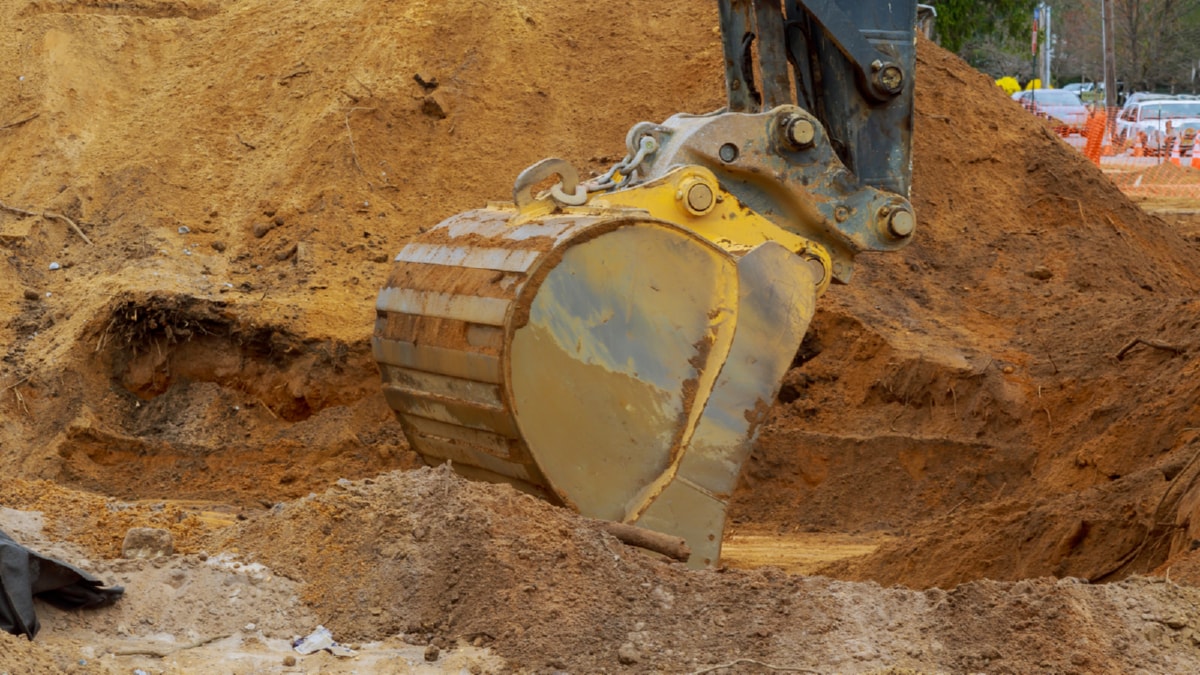Green building entails the utilization of processes and practices that are environmentally responsible and resource-efficient throughout a building’s life-cycle. It encompasses everything from the choice of building materials to the consideration of the building’s overall impact on the environment. However, the future of green building goes beyond these fundamental principles, promising innovations that could revolutionize our built environment.
One of the most promising innovations in sustainable construction is the incorporation of renewable energy sources into buildings. Solar panels have been a common sight on rooftops for some time now, but the future holds more refined, integrated, and efficient renewable energy solutions. We are looking at solar windows that generate electricity, wind turbines incorporated into the building design, and even tiles that convert the kinetic energy from footsteps into electricity.
Moreover, the construction industry is increasingly turning to sustainable building materials. Recycled and locally sourced materials are becoming more prevalent, but the real game-changers are the innovative materials being developed. For instance, self-healing concrete embedded with bacteria that produce limestone, effectively filling any cracks that may appear and increasing the material’s lifespan. Another example is the use of mycelium, a type of fungus, to grow building materials that are strong, lightweight, and biodegradable.
Water efficiency is another key aspect of sustainable construction. In the future, we can expect buildings to not only use water more efficiently but also to contribute to water conservation. Greywater recycling systems, rainwater harvesting, and even buildings that generate their own water from the humidity in the air are all possibilities.
Furthermore, as technology advances, so too does the potential for smarter, more efficient buildings. Smart buildings that use automation to control heating, lighting, and air conditioning, optimizing energy use and reducing waste, are already a reality. However, the future holds even more sophisticated buildings, capable of learning from their inhabitants’ behaviours and adjusting their systems accordingly to enhance comfort while minimizing environmental impact.
Lastly, the future of green building is not just about the structures themselves, but also about the spaces they create. Green spaces, rooftop gardens, and vertical forests are all part of the green building ethos, contributing to biodiversity, reducing urban heat islands, and improving air quality.
In conclusion, the future of green building holds great promise for a more sustainable construction industry. Through innovations in renewable energy, sustainable building materials, water efficiency, smart technologies, and green spaces, we are reimagining and reshaping our built environment. The challenge is significant, but so too is the potential for positive change. As we move forward, it is crucial that we continue to push the boundaries of what is possible in sustainable construction, always striving for a greener, more sustainable future.
For more details, check best interlocking services Toronto or visit their business listing here.



